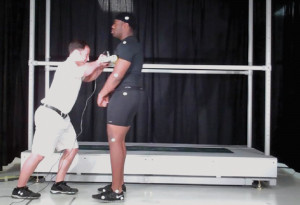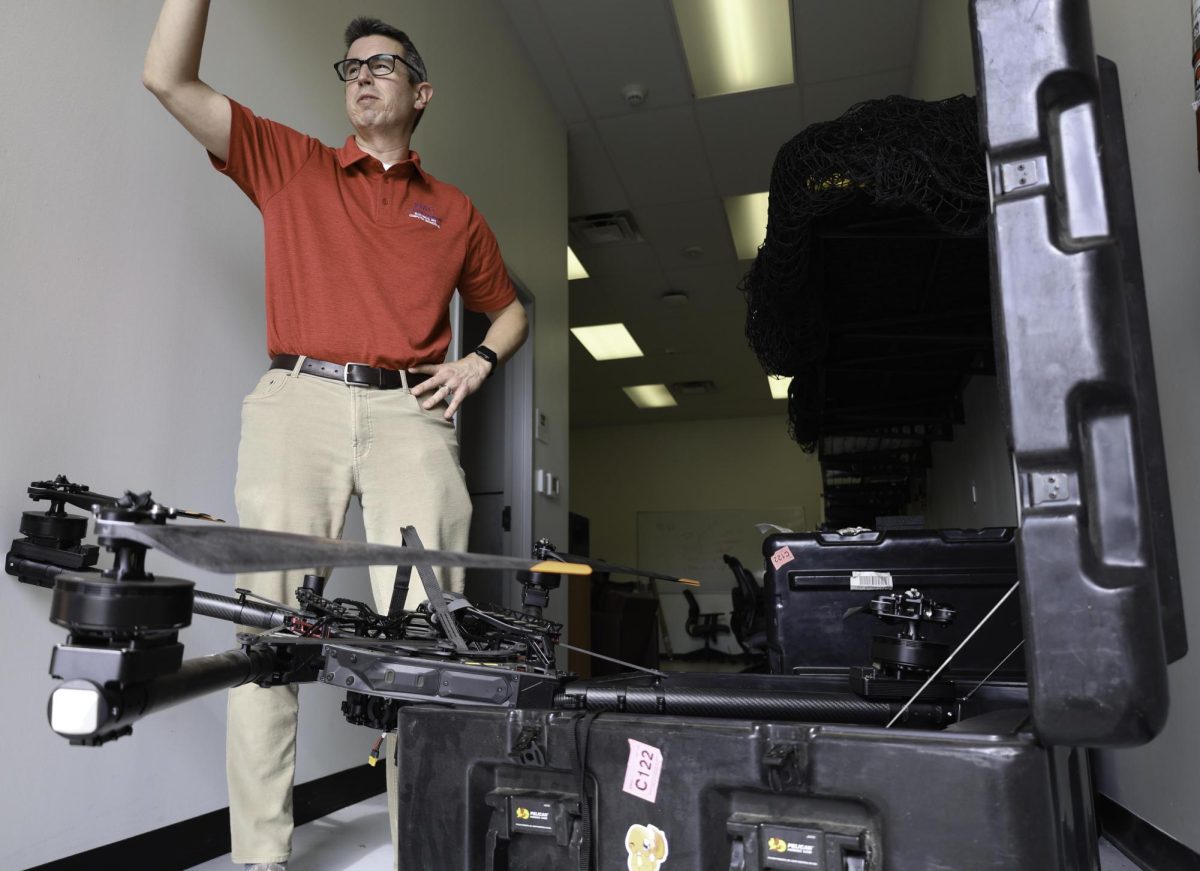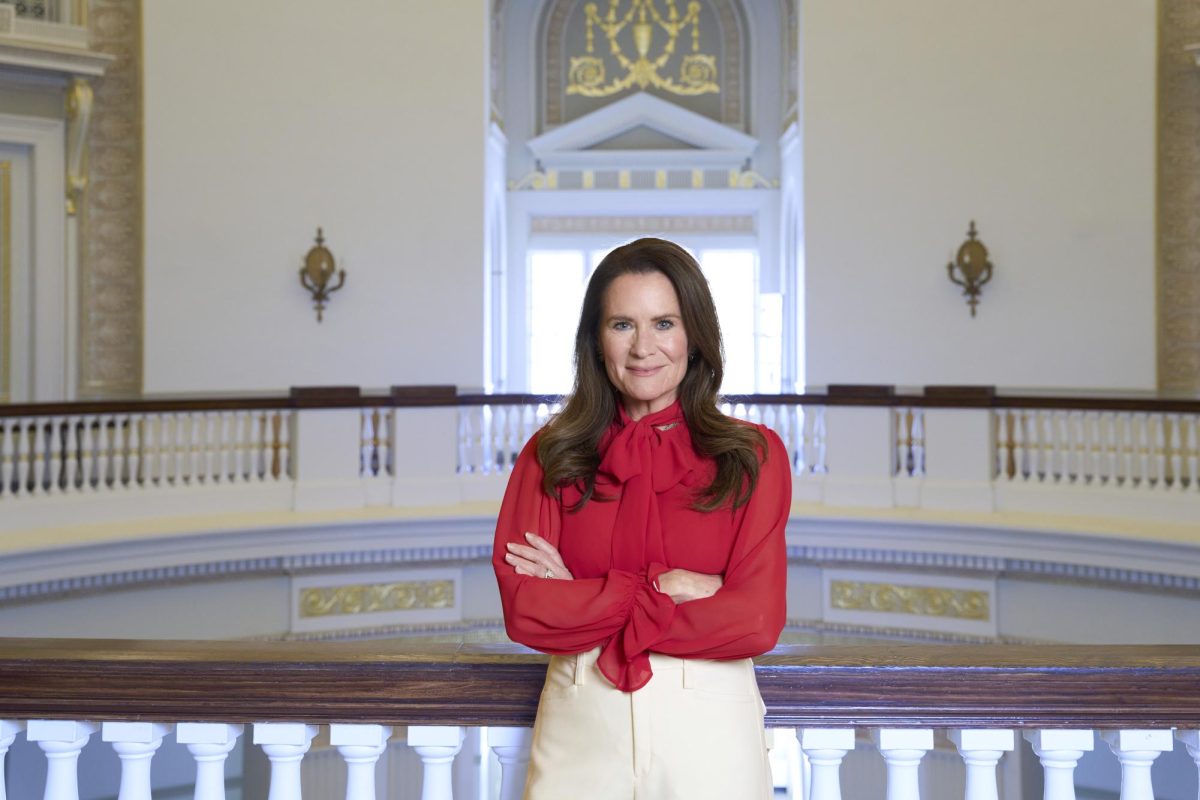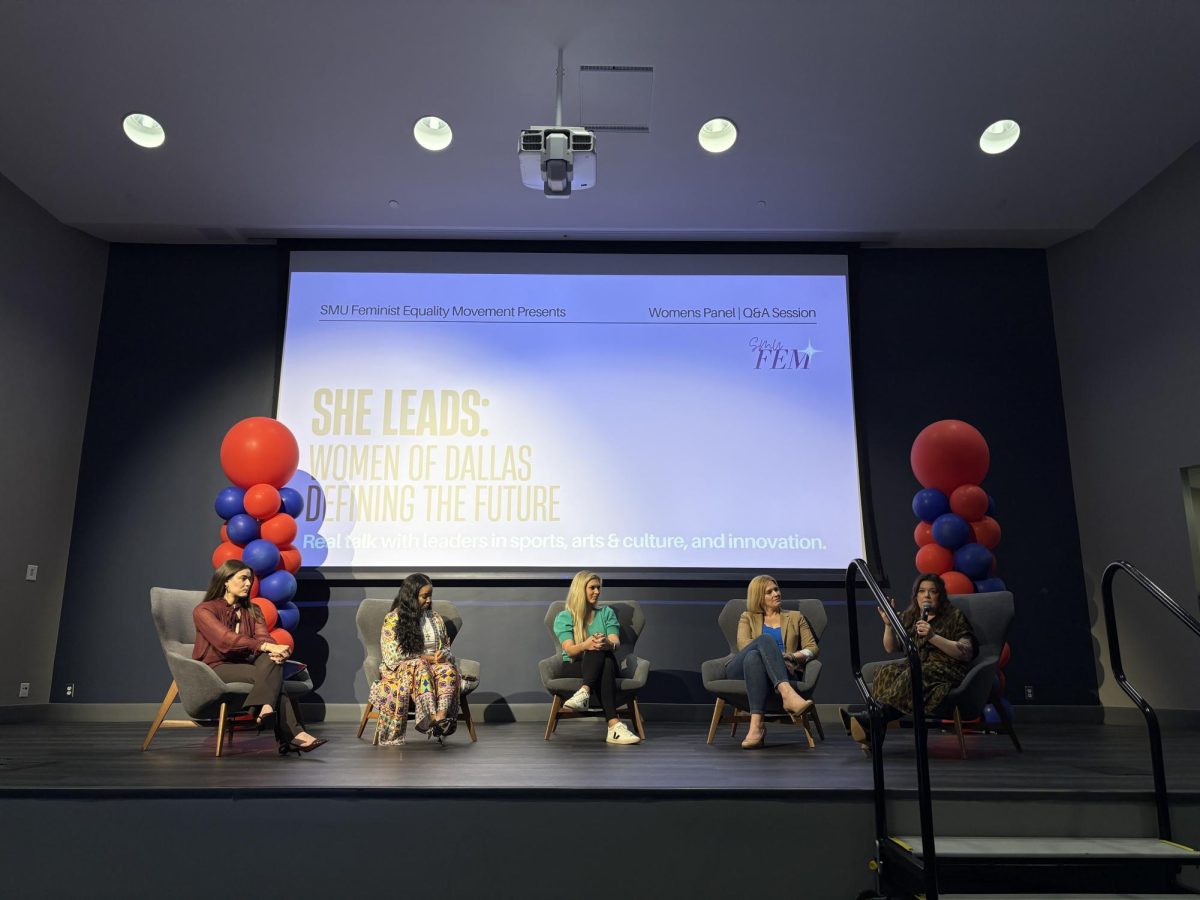
Dallas Mavericks’ owner, Mark Cuban, has teamed up with SMU biomechanics experts to research flopping in basketball.
Flopping is a term used to describe a player who falls or fakes a collision for the purpose of drawing a foul and gaining a competitive advantage over the other player. Most players do this exaggerated act to force the officials into calling fouls. Flopping has become one of the biggest controversies in contact sports, especially in basketball.
Cuban’s company, Radical Hoops Ltd., funded the project by giving SMU biomechanics expert and Associate Professor of Applied Physiology, Peter Weyand, a grant in excess of $100,000.
In an email correspondence, Cuban said that he chose Weyand because he wanted a leading academic in biomechanics. He wants to learn about the physics of contact in basketball and other sports through Weyand’s research.
“If we know how bodies should and should not react to contact we can more readily identify and eliminate flopping,” Cuban said.
The SMU biomechanics team, headed by Weyand, needed a way to measure the dynamics of a collision in a game-situation, thus the “flop-buster” was born. The “flop-buster” is push-bar with force sensors that are calibrated with weights using a wood-framed cradle. It allows the team to measure how much force it takes to push somebody and knock them off balance with a push for them to fall naturally without their own added force or momentum.
Players researched with the “flop-buster” will also have sensors on their bodies to measure the movement of their bodies. High-tech cameras will shoot their every 1,000th second move of a player’s limbs in space.
“The first goal of this project is to find out the true forces in these collisions and see what the defensive player is doing,” said Dr. Larry Ryan, a research engineer on the biomechanics team. “The cameras will give us a good idea of what a real collision looks like.”
To break it down, an offensive player enters a contact situation with their own momentum. The defensive player is, hopefully, in a neutral stance meaning they are motionless or stationary and balanced. When the offensive player hits the stationary defensive player, that defensive player will be moved backward by the momentum imparted from the offensive player.
If the measurements indicate that the defensive player moved backward with more momentum than that given from the offensive player, then that is considered
a flop.
“Very little research has been done on forces in contact sports like basketball, and balance and control for these athletes,” Weyand said. “There is a lot of good basic science that we should be able to do within the scope of the project itself.”
Currently, the National Basketball Association (NBA) has instated a fine policy of $5,000 for flopping. The player is given a warning for the first flop in the regular season games but fined on the first flop in the post-season.
Today, there is only video footage with no science component to know if it was a fabricated fall or not. Most of the science data that is provided for balance and force of this nature is only for people with disabilities and so forth, according to Ryan.
The project is largely exploratory and has only been in the works for three months. Controlling the environment for pushing people over is not an easy feat but the biomechanics team is excited and interested to see what comes of the data.
Mark Cuban has not yet visited the lab, but the biomechanics team is confident that he will come by once the data begins to show some interesting outcomes.
“We have an opportunity to be creative and to see if we can work the basic science to get an applied tool,” Weyand said. “It is a privilege to do this project.”
Updates will be given throughout the entirety of the 18-month project.








